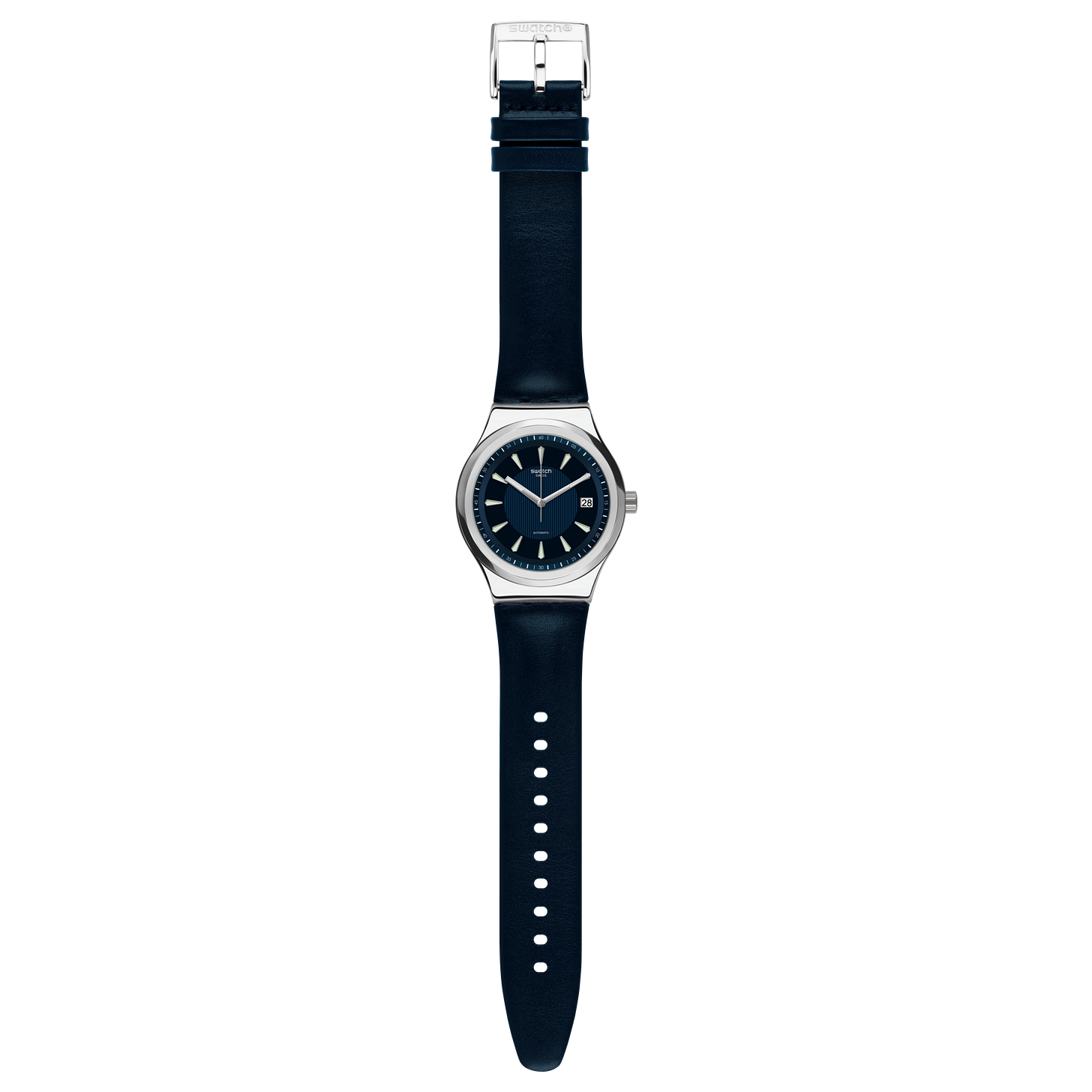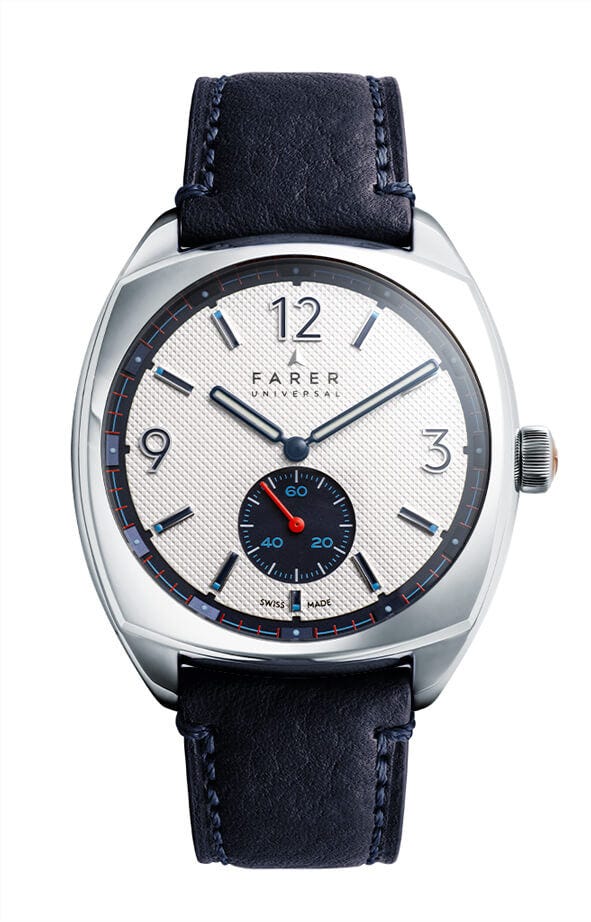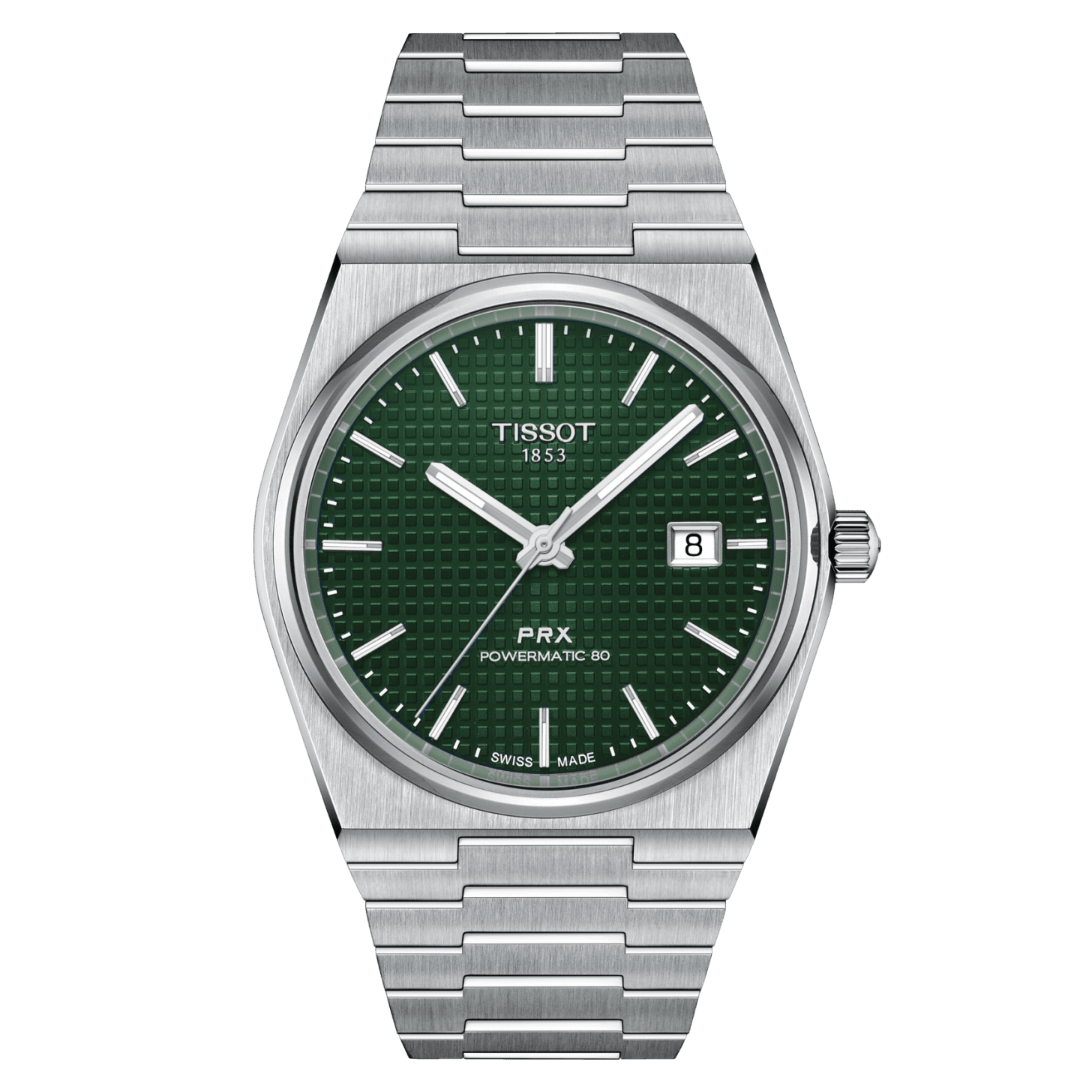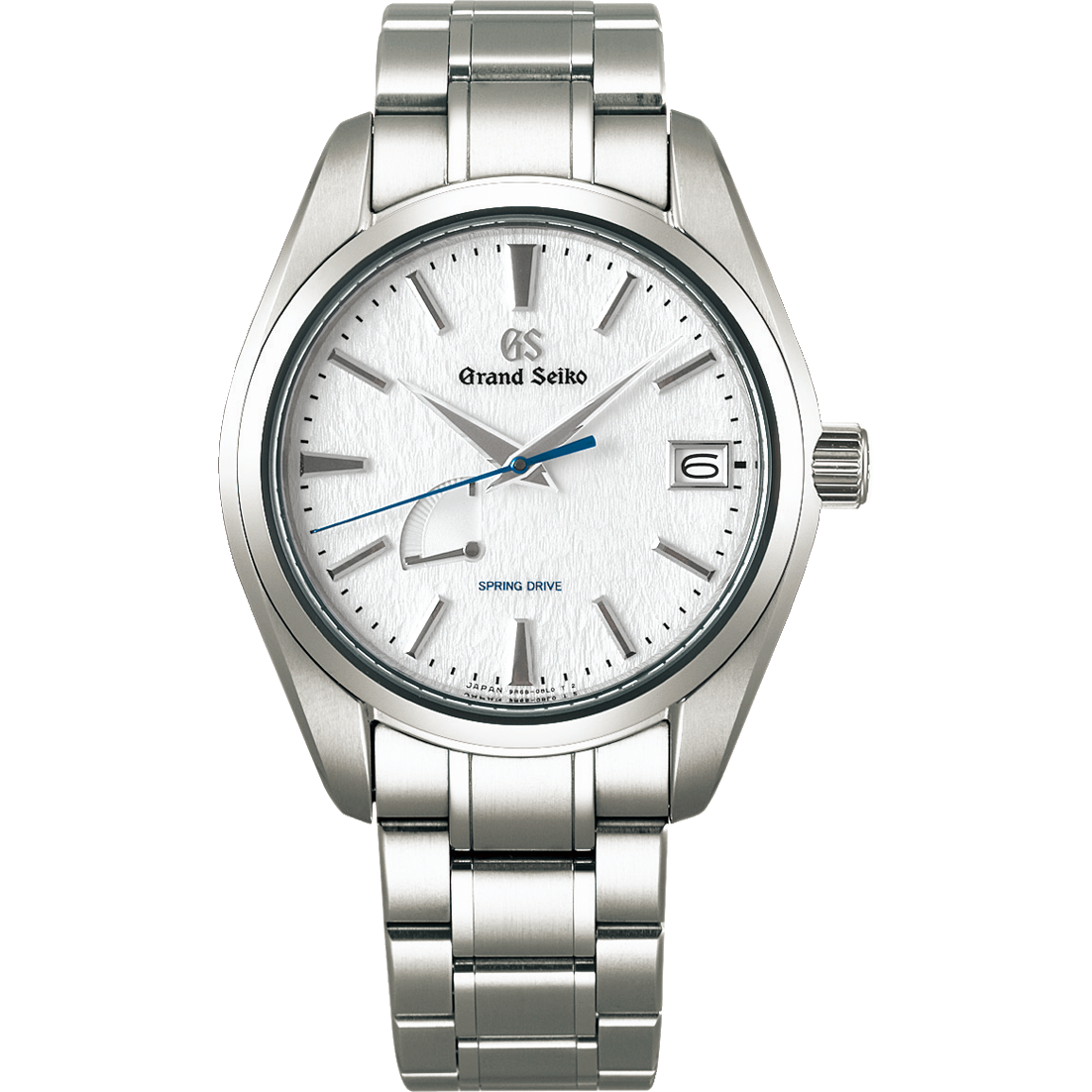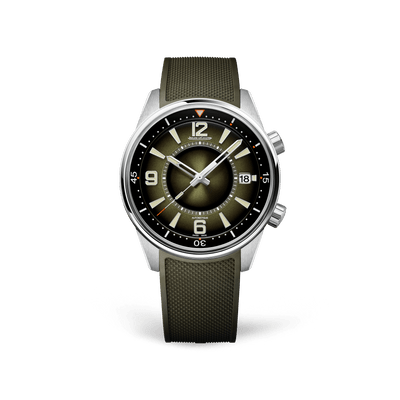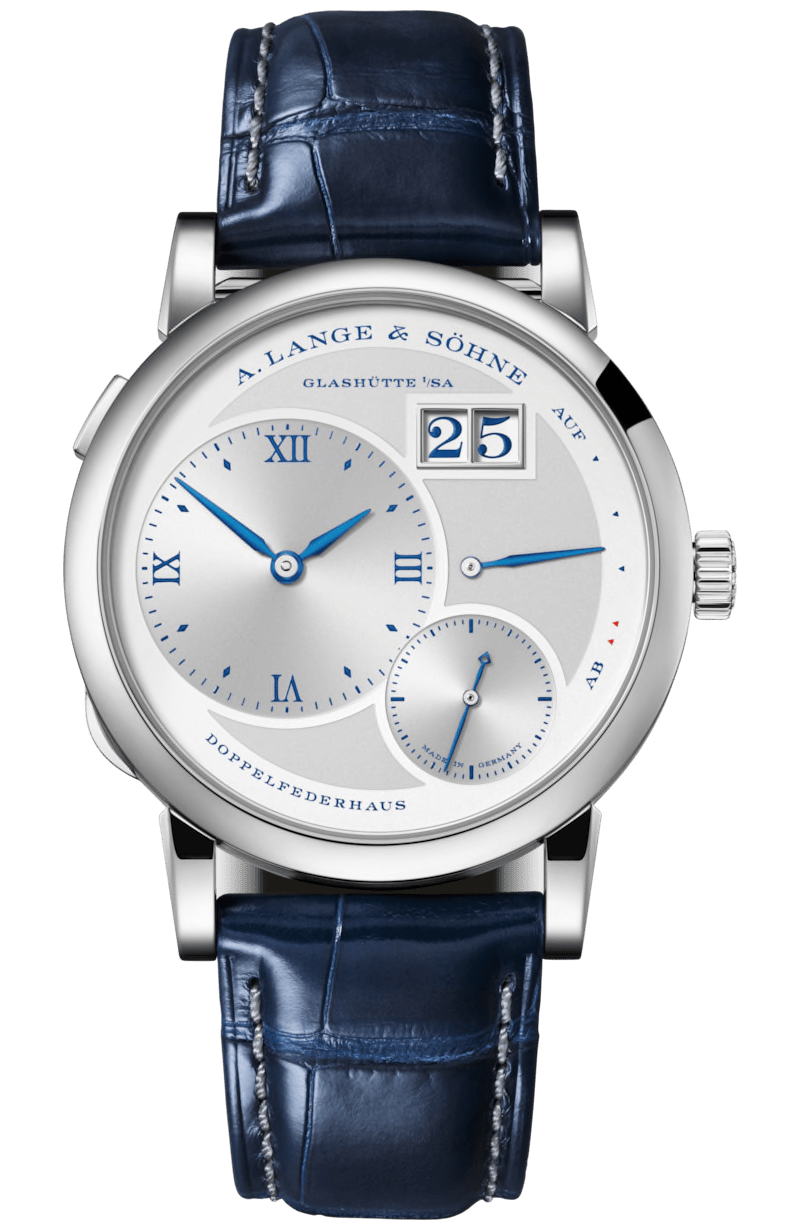Interested in getting a decent watch? But think it’s only for Richie Rich and Mary Moneybags?
Being a watch collector doesn’t have to cost a fortune. In fact, there are excellent mechanical watches on the market for a couple of hundred quid - and bargains to be had if you shop around online. You can start your collection with a great watch for a relatively small amount.
That doesn’t stop it *sounding* like an expensive hobby to many people. I talked to somebody recently who dismissed it as an ‘entitled’ hobby. I understand. Ads in glossy magazines create an aura of wealth and opulence. Then there are the show-offs on LinkedIn and Instagram parading their Rolexes as part of their #blessed life.
True watch lovers don’t care about the price or prestige. Sure, the more you spend the more impressive things might get - hand-finished, supremely accurate, precious materials, mind-blowing innovation… But, if you know where to look and what to look for, you really can get something great for every budget.
Which is what this post is all about.
A friend of mine asked me this week about the prices of watches and whether there are different ‘tiers’ of watch maker. The answer is, “yes”. Over a short text chat, I found myself defining five tiers and some examples of the brands in each one. So I thought I’d share it.
**CAUTION KLAXON***
These are just my definitions. Ask other, more experienced collectors and you’ll probably get different (better) tiers and groupings. But I think what I’m suggesting is broadly OK - and certainly good enough as a general ‘lie of the land’.
Price brackets are hard to get right. Some brands stretch across several brackets (e.g. Seiko from £150 to several thousand…Omega from around £2,500 to tens of thousands). Some brands might have some models that start under the price I’ve suggested - and others that go way over. What I’ve suggested is just a general sense of where you’d find many of their watches - but treat the brackets with a pinch of salt.
I’m focussed on mechanical watches - watches that use a wound spring to power them, not a battery. Not because battery powered or quartz watches are bad…just because ‘Tiny Machines’ is mainly about mechanical skill and engineering.
My aims are to show that:
There’s something for everybody
A couple of hundred quid can get you a great watch
But you can spend much more if you like - just spend it wisely!
Be warned: collecting watches is a bit like eating Pringles. Once you pop, you can’t stop. Buy one good, affordable watch and ‘mission creep’ may well kick in.
Right. Let’s get into the five categories and some serious watch porn…
Tier one: Entry level
Price: Up to £300
Brands: Seiko, Orient, Swatch
For me, this bracket is dominated by Seiko and Orient, both Japanese (and both owned by the Seiko Epson corporation). They both make great quality mechanical watches, spanning all types - dress watches, divers, chronographs, pilot watches. Often the movements and accuracy are way better than they quote - and way more accurate and reliable than they have any right to be at this price.
Swatch has its Sistem51 range in this price bracket, too. They’re automatic mechanical watches - meaning they have a weighted rotor in them that turns and winds the spring as you move your arm during the day. So you don’t have to wind it. They’re also entirely made by machine. Not one human hand touches them during production.
Tip: Check out the Seiko 5 collection. The ‘five’ stands for the five things the watch should have: automatic winding, a day-date display, water resistance, a recessed crown at the 4 o’clock position and a durable case. They’re genuinely excellent.


Tier two: First steps into high-quality
Price: £300-1,000
Brands: Higher-end Seiko, Junghans, Tissot, Hamilton, Farer, Brew
This is where you get into solid, well-made and high-quality watches - and many ‘micro brands’. And some great designs, too. They’ll probably use ‘off the shelf’ industry standard movements, from manufacturers like ETA and Sellita. This is good - they’re robust, reliable, tried-and-tested…and easy and cheap to service.
Hamilton is a great brand to explore, with a strong history. Farer is an independent brand that makes really beautifully designed pieces. Junghans - especially their Max Bill range - make some of the best-looking watches for the money, in my mind.
Seiko appears here, too. Many people think of Seiko as making cheaper watches - but they truly are one of the best makers in the industry. They produce great quality watches and some impressive higher-end pieces, with beautiful dials and brilliantly crafted materials - including their stunning Japanese porcelain ranges.
Tier three: Entry level luxury
Price: £1,000-4,000
Brands: Longines, Tudor, Oris, Sinn, Nomos, Bremont, anOrdain, Ming
Now we’re getting into some brands many people might start to recognise. Now, you’ll notice a step up in quality. They’ll be very well built and probably well-finished - with high-quality polishing and brushing on the cases and maybe machine-engraved finishing on the movements. They’ll likely be more accuarate - perhaps even ‘COSC’ certified, an industry standard that sets out an accuracy of -4 to +6 seconds a day. They may have an ‘in-house’ movement, made by the manufacturer themselves.
The star here is Tudor. Tudor is owned by Rolex and was set up originally to offer Rolex quality at an affordable price. Many early watches used Rolex cases and parts - but with ‘off the shelf’ movements from ETA. Today, they make excellent watches under their own steam. I’ve heard from some industry insiders that “Tudor is where Rolex goes to play” and try new things. Whether or not that’s true, they’re wonderful watches and every bit as high-quality as their more famous big brother.
Elsewhere, look to Longines for heritage designs and great quality. Nomos - a German brand - punches so far above its weight it’s unfair, with brilliant movements and modern design. Bremont is a great British brand, making waves.
For independent brands, look at anOrdain for beautiful enamel dials - and Ming for beautiful dials, full-stop.


Tier four: High-end luxury
Price: £4,000-10,000
Brands: Rolex, IWC, Grand Seiko, Omega, Jaeger-LeCoultre
These brands probably don’t need any introduction. At this level, you’re getting well-known names and the highest quality. Movements are accurate. Finishing is very, very good (if not exquisite).
For my money, the most underrated is Grand Seiko. Today, this is a separate, high-end brand from Seiko, making truly exceptional watches. The real strength is in their finishing and dials - simply incredible detail and craftsmanship. But their movements are also extremely good. Some watch collectors believe they offer Patek Philippe quality for a tenth of the price.
Then you’ve got IWC - a Swiss brand with strong heritage, particularly in pilot watches. And - perhaps best of all - Jaeger-LeCoultre, known as ‘the watchmaker’s watchmaker’, because they historically supplied the movements for many of the biggest names in the industry (including Patek). I’ve written about their watches before and they’re truly extraordinary. The quality and care is incredible.
Tier five: High horology and independent/bespoke
Price: £10,000+
Brands: A. Lange and Söhne, Patek Philippe, Vacheron Constantin, Audemars Piguet, Breguet, Blancpain, F.P.Journe, Kari Voutilainen
Right. This is silly money. This is ‘buy a watch or buy a car’ money. Or even ‘buy a watch or buy a house’ money. Silly stuff. But also, in the flesh, so, so amazing to see. It’s true craftsmanship of the very highest quality.
At this price bracket, you can also get gaudy, ugly and flashy nonsense. But that’s not what I’m talking about here. I’m more interested in the watchmakers who are obsessed, meticulous and dedicated to the craft to a frankly unhealthy level. A. Lange and Söhne are an exceptional German brand here, arguably the best in the world - unless you think that title belongs to Patek Philippe, which it probably does. Then you get the inventiveness of independent makers like F.P.Journe and Kari Voutilainen, both doing remarkable things.
Silly, silly money. But totally impressive.
Right. That’s it. That’s my run-down. Many watch lovers and collectors might disagree with these definitions, but I think it’s a decent enough overview. It’s broadly right. And certainly a good starting point for people who don’t know where to begin. But I’d love to hear any thoughts and comments - anything we can do to open up the world of watches and make it easier to understand is a good thing.
Next time, I’m going to look at the best places to start a collection. If you’ve got a small amount of money and it’s burning a hole in your pocket, what should you consider? That should be fun!


